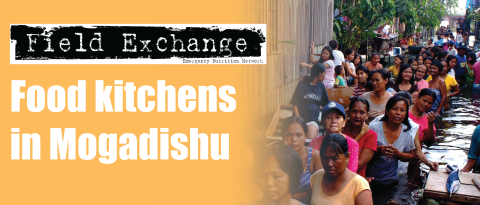Forecasting slow onset disasters to improve response

A mother with her young child in Njemps
Summary of research1
A paper just published in 'Food Policy' presents information on a statistical forecasting tool aimed at the needs of populations that are vulnerable to slow onset drought. The tool was developed using data from four districts in the arid lands of northern Kenya, a region largely populated by nomadic pastoralists and particularly vulnerable to shocks in the form of drought and floods. An empirical forecasting model has been developed using household data collected over several years by the Arid Lands Resource Management Project (ALRMP) and data on forage conditions, rainfall and the normalised differenced vegetation index (NDVI) generated by LEWS/LINKS. The model can predict the expected human impact of shocks. The authors explore the village-level joint dynamics of herd size, lactation rates, climate and forage conditions, and child nutritional status (ALRMP collects data on mid upper arm circumference (MUAC) in selected communities), with MUAC being the outcome indicator.
The authors found remarkably accurate forecasts of the likelihood of famine by MUAC proxy with at least 3 months lead time. The forecasts were generated from a relatively small set of variables that are not overly difficult or costly to collect. Furthermore, reasonable accuracy is achieved despite deficiencies in the data use. Improvements to data collection through a more systematic sampling procedure and more careful data handling would probably further improve forecast performance. The authors suggest that once developed using data available in a given area, a model such as this one can be easily and regularly updated with new information. The relevant parameters can be quickly re-estimated in a learning process that results in improved performance. Such a forecasting model could prove to be a very valuable tool for emergency awareness and response needs, offering rigorous, cost-effective and practical early warning capacity.
1Mude. A et al (2009). Empirical forecasting of slow-onset disasters for improved emergency response: An application to Kenya's arid north. Food Policy, vol 34, pp 329-339.
Imported from FEX website


